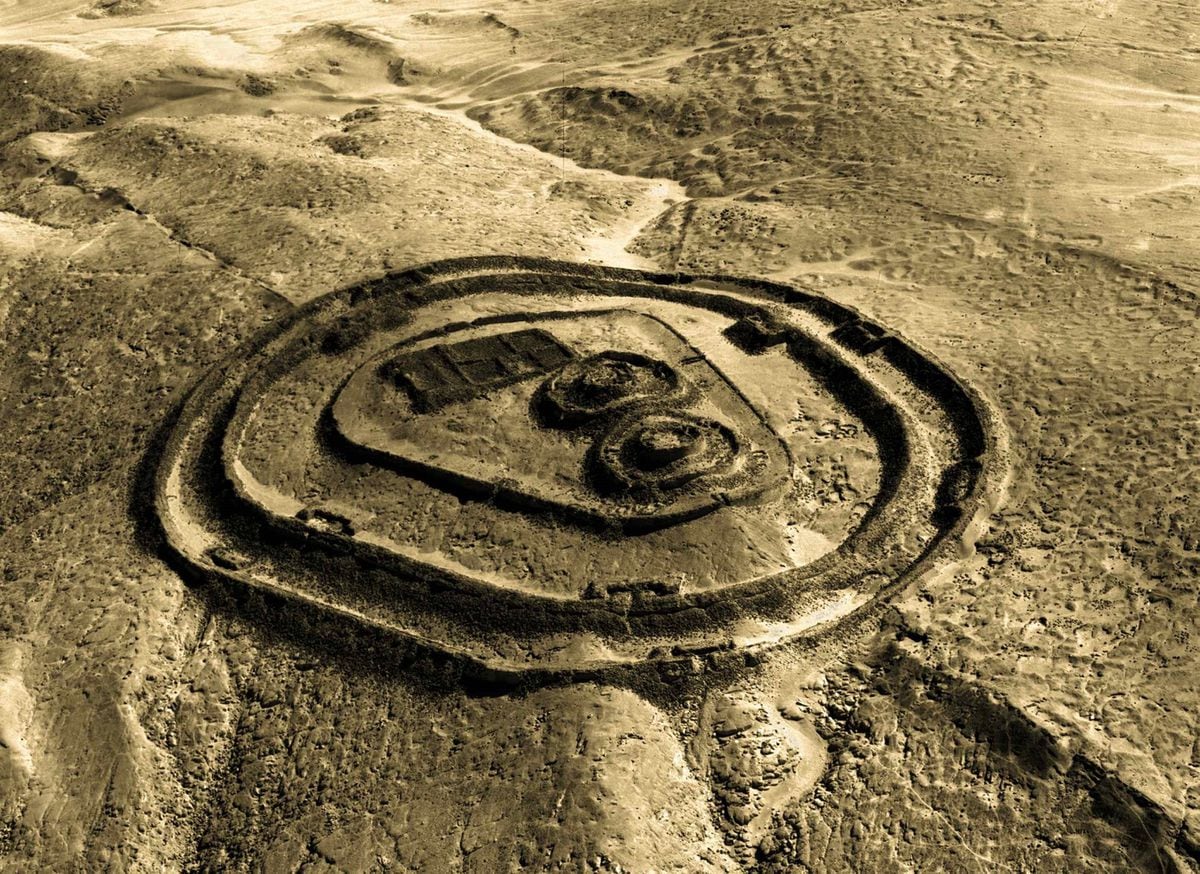“We are so happy!”, Was the first reaction of Rosario Oliva, the cultural officer of the Ankash region. UNESCO It is on the World Heritage List the Sangilo Archaeological Complex and Astronomical Observatory, located in the coastal and desert province of Cosma, about 300 kilometers north of Lima, which has been plagued by illegal crops during epidemics. According to the investigations of archaeologist Evan Kessi, the main promoter for the listing of Sangilo World Heritage, The ancient Peruvians made astronomical observations there 2,000 years ago and built a complex to worship the sun, the main deity of the pre-Hispanic world.
More news
Considered the oldest solar observatory in the United States, San Francisco joins two UNESCO World Heritage Sites in the Peruvian region of Anuwash: the Chavan Archaeological Complex (1985) and part of the Inca Trail or Huascaran Park (2014) declared to Oliva.
Culture Minister Alejandro Neira on Tuesday stressed that the UNESCO announcement would make the province of Cosma “a place with many places” that could be covered in a single day. Carol, the continent’s oldest holy city near the Astronomical Observatory, was inscribed on the World Heritage List in 2009, and is surrounded by Chechen architectural complex.
The astronomical complex at Cosma consists of a series of constructions built on a desert landscape and with natural characteristics that “function as a perfect solar calendar, using markers that allow us to observe the movement of the sun on the horizon throughout the year.” UNESCO.
This laboratory allows us to observe the change of seasons, solstices and tides, a new example of archaeologist Kessy for the “technology and creativity” that the ancient Peruvians had. The fort is located on the top of a hill and is surrounded by three walls. In addition, there is a public place of observation and ritual and thirteen towers, which mark the path of the sun on the top of another mountain. The natural indicator of the astronomical site is the Zero Mucho Malo, which fills the towers.
According to Kessie’s research, measurements of equinoxes, equinoxes and any date of the year had only one or two days on the verge of error using the solar cycle and an artificial horizon. Archaeologist says UNESCO has recognized the site as a masterpiece not only in astronomy but also in engineering and architecture. Radio shows. “Sangilo is the cradle of the astronomical field to measure the path of the sun,” he promised. According to the Ministry of Culture, Sangilo is one of only two places in the ancient world to have a complete solar calendar.
Illegal crops and invasions
Oliva, head of Ankash’s director of decentralized culture, told the newspaper that UNESCO’s recognition would help “seek greater economic support, generate interest in the archaeological site and the commitment of the people of the area, where, in addition to illegal crops, there are” invasions of bay houses “. In May last year, in the midst of an epidemic, farmers invaded the archeological site, planting mango trees and digging a 15-meter-deep water well, Kessie said. In the Cosma Valley, where Sangilo is located, some agro-export companies operate from the Andean country.
The Ministry of Culture and the Police responded quickly to remove the crops from the premises because one criterion evaluated by UNESCO to include World Heritage sites is the management ability of the citizens of the state and neighboring areas. The archaeologist then warned the locals to invade him, not the authorities.
Ankash Culture official explains that the excavations carried out by Kessie over the past decade have been funded by UNESCO’s proposal to recognize Sangilo World Monuments Fund, Cosma Municipality funded the team that prepared the management plan for the archeological site, consisting of geologists, surveyors and environmentalists. The municipality also bears the costs of security guards, although they are not considered adequate. “The area is huge and needs more support to promote tourism in the area,” he said.
Subscribe here To Newsletter Get all the information keys from EL PAÍS Amicrica and the current situation in the region


/cloudfront-us-east-1.images.arcpublishing.com/eluniverso/DGEW35D77RGBVJEROWSX2HRSJU.jpg)


